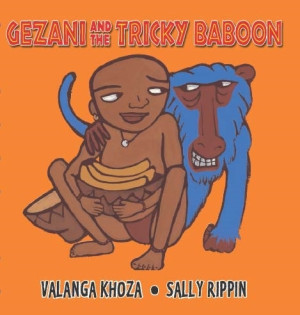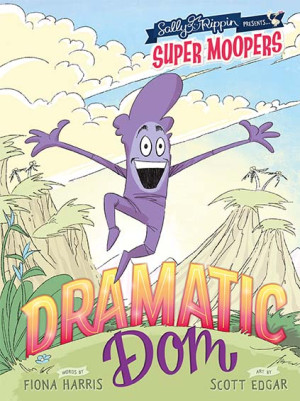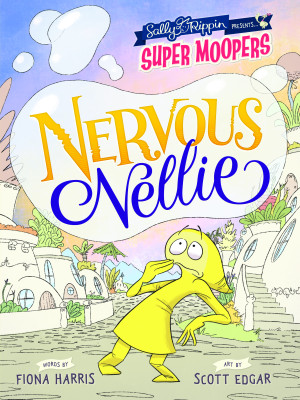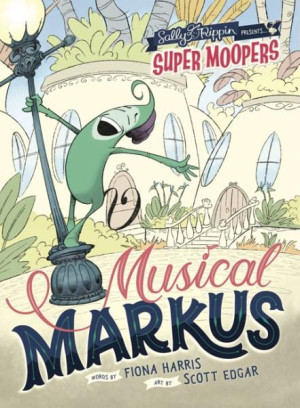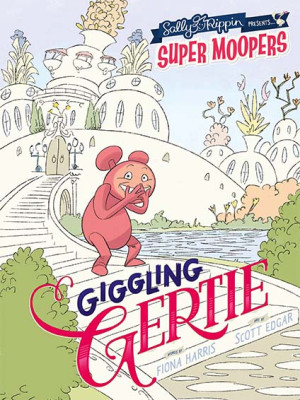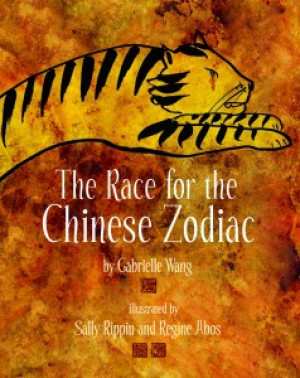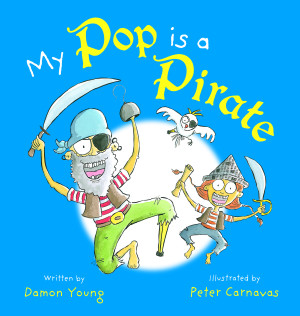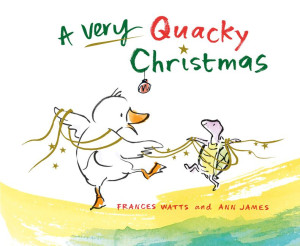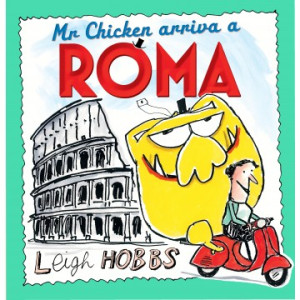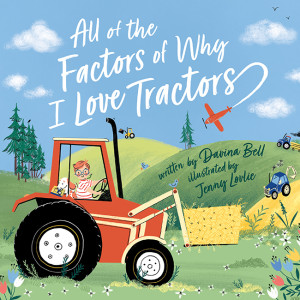

Sharing stories with a real life audience
What’s in the Video?
Planning a story to be performed is a little bit different to writing one to be read. In this lesson, you’ll learn some techniques to make your performance stories come alive, and how to craft a story might twist and turn depending on who you’re telling it to!
Video Chapters:
00:00 Introduction
00:23 Meet the creators
01:18 What is performance storytelling?
01:51 How to perform your own stories
03:56 How stories can change with an audience
04:52 What makes a good storyteller
05:23 Techniques to help us connect with our audience
07:15 Final words of advice
08:16 Here's what we've learned
 Learning Intentions
Learning Intentions
1. Learning about adapting a written story for an oral performance.
2. Learning about performance writing, and the features of writing a piece to be read aloud.
2. Exploring techniques of performance and story sharing.
SUCCESS CRITERIA:
1. Written a piece for an oral performance that demonstrates understanding of performance storytelling techniques.
2. Performed a story for an audience that demonstrates techniques of performance storytelling.
3. Received feedback from peers and given constructive feedback.
 Discussion Questions
Discussion Questions
PRE-VIDEO:
Think about the last time you told a story to a friend. Maybe it was about something that happened to you on the weekend or a funny thing in class.
What did you think about as you were telling the story?
Did the way you told your story change at all depending on who you were telling it to or how they were reacting?
Think about the last time you LISTENED to someone else telling a story.
Were you interested in the story? What did you find engaging about it?
If you were NOT interested in the story – why do you think that was? Did you let your friend know you weren’t interested?
POST VIDEO:
Scott talked about some of the tools he uses when performing. Do you remember what these were? (Voices, body, movement, music).
Scott also said that performing stories is a ‘two-way street’ and that the enjoyment goes both ways. What do you think he means by that?
Valanga said that performing stories is different to reading one on a page, because things can be changed depending on the audience reaction. Can you think of any examples from your own life? How do your stories change when you’re telling them to someone?
Valanga also said that his audience doesn’t always respond the way he wants, so he has to change his story a bit and ‘bring his audience in’ until he gets the reaction he wants from them. What do you think he means by that?
Scott told us that a good storyteller is always listening for an audience response, so that they can then respond to the audience. Do you remember some of the ways Scott said he responds to his audience? (Slowing down, speeding up, getting louder or sillier, going quiet or leaving a pause).
Valanga showed us some of the techniques he uses when performing. Can you list these techniques? (Facial expressions, voice and sound, moving around, using eye contact).
Scott talked about controlling the RHYTHM and PACE of his voice, sometimes getting faster and sometimes slowing right down. How do you think changing the pace of your storytelling could help when you're telling a story?
 Curriculum Links
Curriculum Links
Australian Curriculum V9.0 Links
Language:
● Text structure and organisation: AC9E5LA03, AC9E6LA03
Literature:
● Literature and contexts: AC9E5LE01, AC9E6LE01
● Engaging with and responding to literature: AC9E5LE02, AC9E6LE02
● Creating literature: AC9E5LE05, AC9E6LE05
Literacy:
● Creating texts: AC9E5LY06, AC9E6LY06
LITERACY
Speaking and listening:
● Speaking: Crafting ideas, Vocabulary: Level 6
● Listening: Level 7-8
CREATIVE AND CRITICAL THINKING
Generating:
● Create possibilities: Level 3-4
Reflecting:
● Transfer knowledge: Level 4








